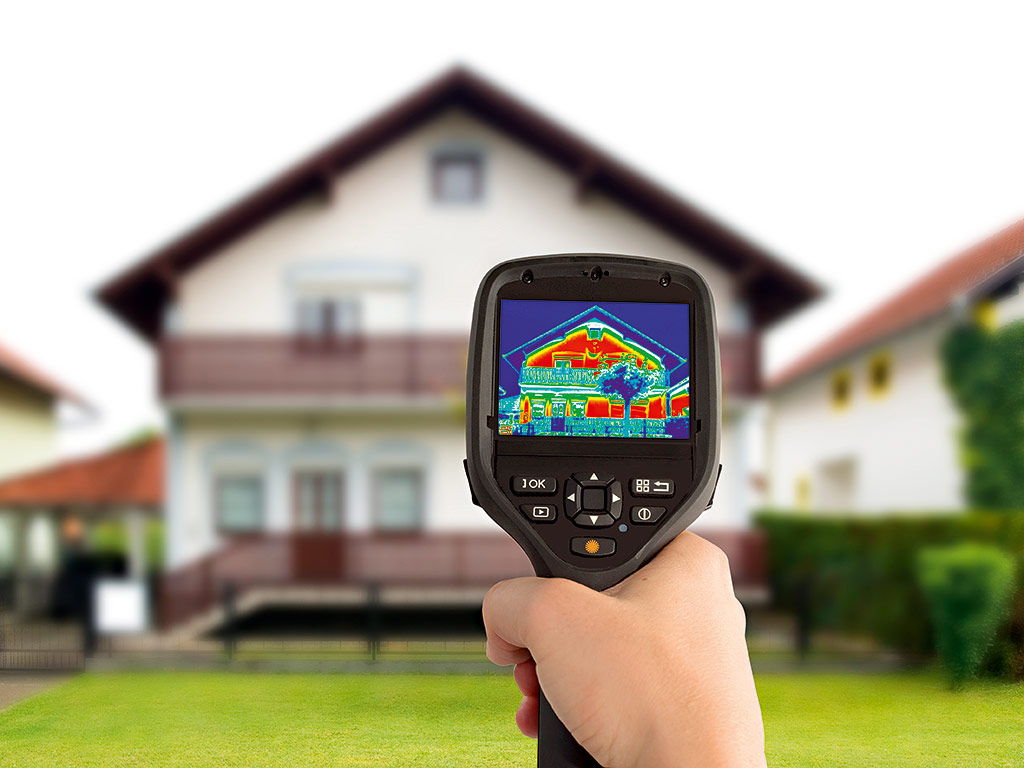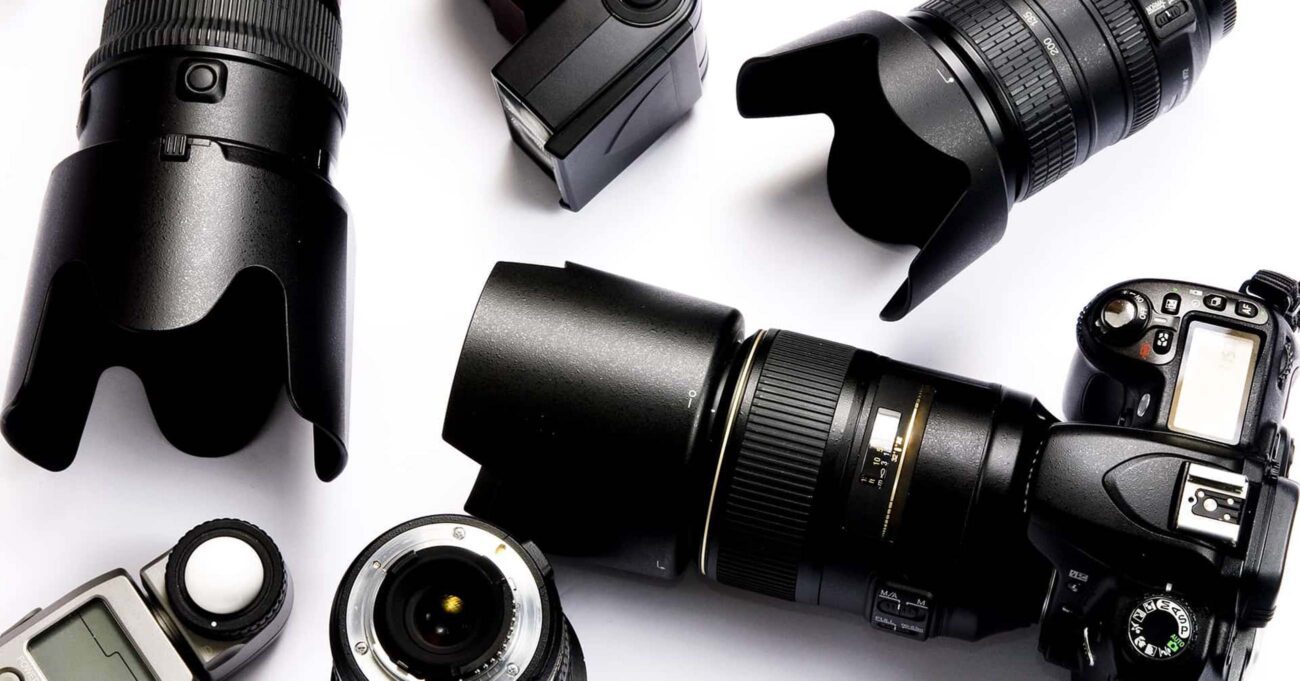Electronics
The Whats and Hows of Thermal Imaging Cameras
Brief History
The bolometer, a device that monitors infrared or thermal radiation, was designed in 1860 by American astronomer Samuel Pierpont Langley. And then in 1929, Hungarian physicist Kálmán Tihanyi invented the infrared-sensitive electronic television camera capable of collecting thermal pictures. These are the people who stand behind the origins of what we know to be the thermal image camera.
In the process of thermal imaging, the camera captures and creates an image by using infrared radiation generated by that same object. The graphic that was made represents the temperature of the object. Thermal imaging cameras’ underlying technology was originally created for the uses of military and war activities. However, the invention of this camera is also linked to the history of thermography, which began in 1960 with the discovery of infrared light by an astronaut called William Herschel.
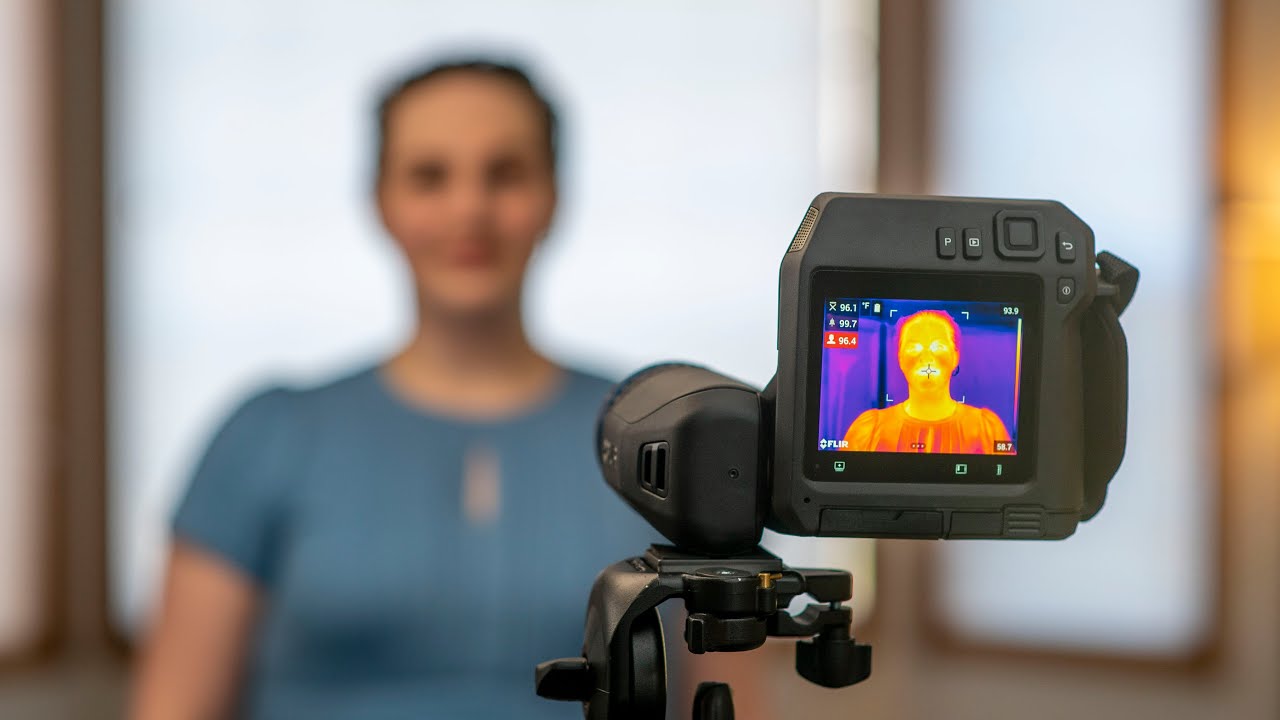
Both infrared radiation and visible light are components of the electromagnetic spectrum; however, unlike visible light, infrared radiation cannot be directly detected by human eyes. This explains why a thermal camera is not affected by light and may provide a crisp image of an object even in low-light conditions. Thermal imaging is all about turning infrared light into electric impulses and then using that information to create an image for many practical uses that people need.
How Does a Thermal Camera Work?
Today, the typical norm for a thermal camera is to show warmer objects with a yellow-orange hue that brightens as the object heats up. Colder items are represented with a blue or purple tint. The wavelength of infrared energy begins at about 700 nanometres and extends to about 1mm. Wavelengths that are shorter than this can be seen with the naked eye.
The thermal imaging cameras generate thermal images by using infrared energy. The camera’s lens directs infrared energy to a series of detectors, which produce a precise pattern known as a thermogram. Then the thermogram is converted to electrical impulses, resulting in a visible and interpretable thermal image.
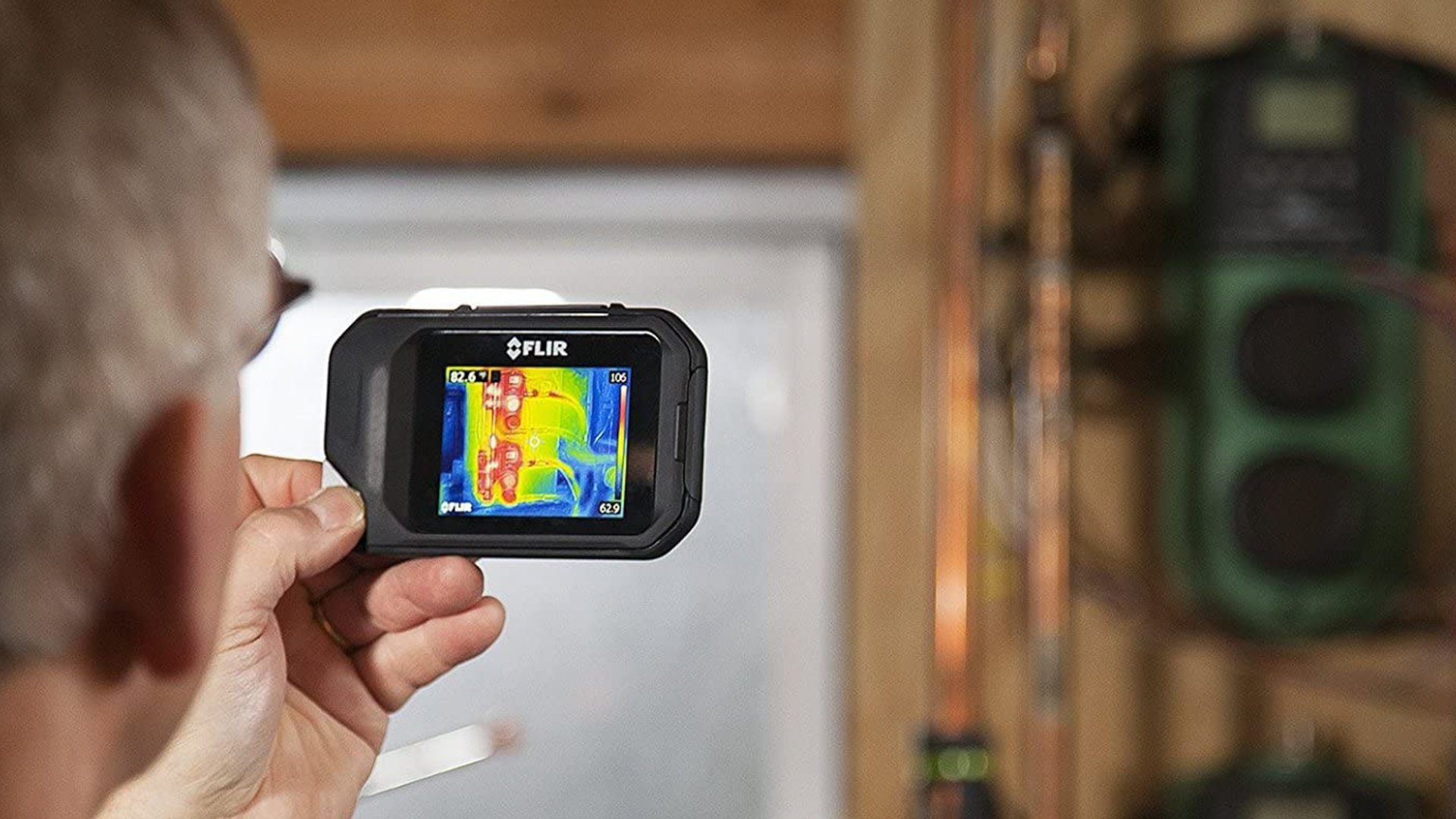
The Uses of Heat Detector Camera
These cameras, which were created for military use during the Korean War, have migrated into various industries and have many applications. A high-end thermal image camera minimizes most of the guesswork in recognizing temperature problems in a wide range of industries, including electrical, mechanical, building, and pest control. Firefighters use it to see through smoke, locate people, and pinpoint fire hotspots. The technology is also used by law enforcement to oversee surveillance operations, find and apprehend suspects, investigate crime scenes, and execute search and rescue operations.
Overheating parts are identified by powerline maintenance technicians to eliminate potential failures. When thermal insulation fails, building construction specialists can detect heat leaks and increase cooling or heating efficiencies. Thermographic imaging can also be used to monitor physiological activity such as fever in humans and other warm-blooded mammals.
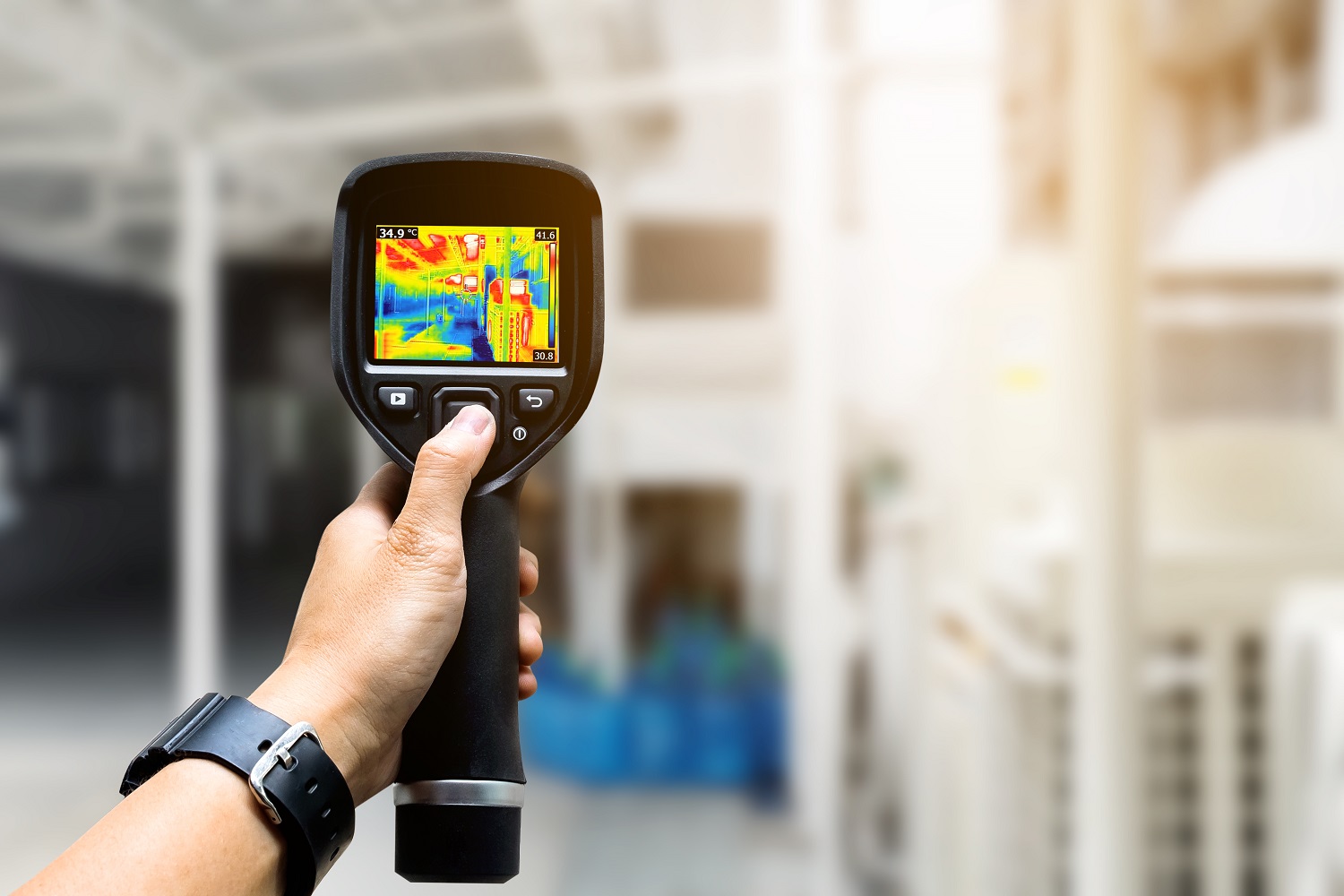
What to Look for in a Thermal Imaging Camera
The thermal imaging cameras can be purchased with the most basic features, which only read the temperature of the fixed centre crosshairs on the display. There are also those designs of thermal image camera with more advanced features, which allow the user to select multiple moveable crosshairs and draw comparisons between them to show the high, low, and average temperatures on the display.
These cameras feature several colour palettes that can be selected by the user, such as black/white, metal, or multi-coloured. Home inspectors are the most likely to use the iron palette. The black/white palette aids in identifying features in an image, whereas the multi-coloured palette offers the best thermal sensitivity for expressing temperature changes.
To acquire the optimal thermal photo for analysis, most cameras may be adjusted in four ways: focus, emissivity setting changes, reflective heat setting variations, and thermal tuning. When buying a thermal imaging camera, each of these factors must be taken into account.
Resolution and Heat Sensitivity
A variety of factors influence both the quality and the price of a thermal camera. The resolution of the photo and heat sensitivity are the two most essential aspects. The number of pixels is described by the detector resolution. The most commonly used resolutions are 160 x 120 pixels, 320 x 240 pixels, and 640 x 480 pixels. Higher resolutions also result in noticeably crisper visuals.
The smallest temperature change that the camera can detect is referred to as thermal sensibility. Another significant element to consider is the temperature range of the thermal imaging camera. The range specifies the minimum and maximum temperatures that the camera can monitor (often -4°F to 2200°F).
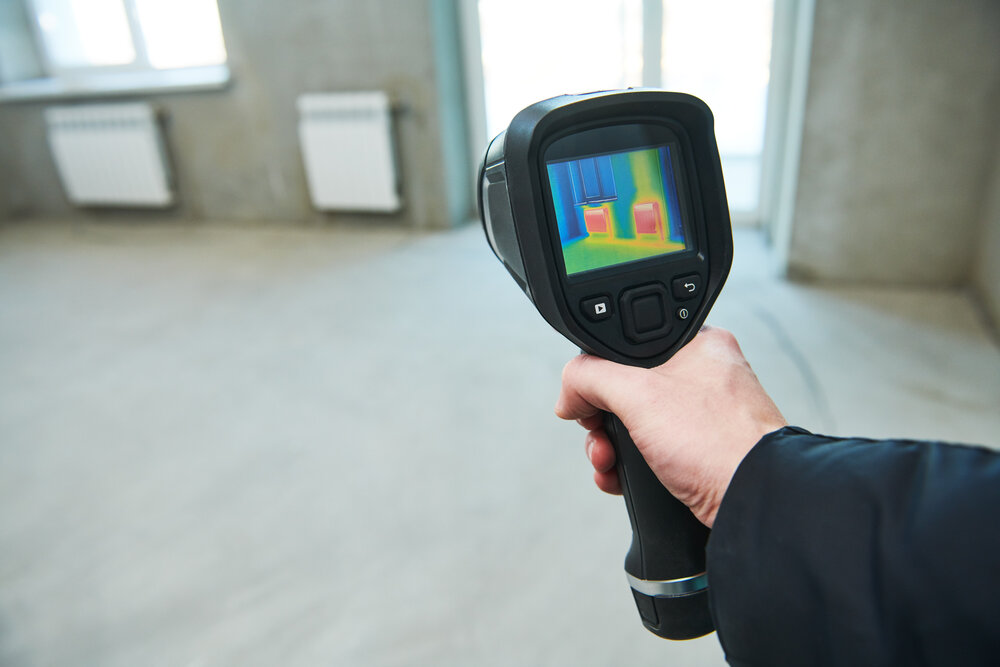
The Three Basic Types of Infrared Cameras
Infrared cameras are classified into three varieties based on their wavelength: short wavelength, mid-wavelength, and long wavelength. Depending on the purpose and functioning, each type has a specific position in facility maintenance.
Infrared wavelengths in the spectral region of 0.9-1.7 microns, which is quite close to the visible light spectrum, are frequently detected by short-wavelength infrared cameras. This type of camera has a very high resolution in terms of shadow contrast and detail when compared to the visible light spectrum.
Mid-wavelength cameras typically detect infrared wavelengths in the 2-5 micron spectral band and provide higher resolution and accurate readings. Because of the higher quantity of air absorption within this spectral region, the images are not as detailed as those produced by long-wavelength cameras.
Long-wavelength cameras, the most common type of infrared camera, detect infrared wavelengths ranging from 7 to 12 microns. Because air absorption is low, cameras operating in this spectral region deliver a high level of detail. Long-wavelength and mid-wavelength cameras both provide reliable temperature readings and can produce detailed differences across small and large temperature ranges.


